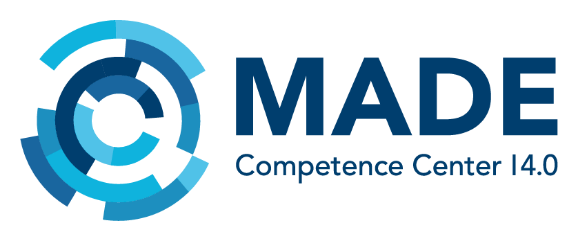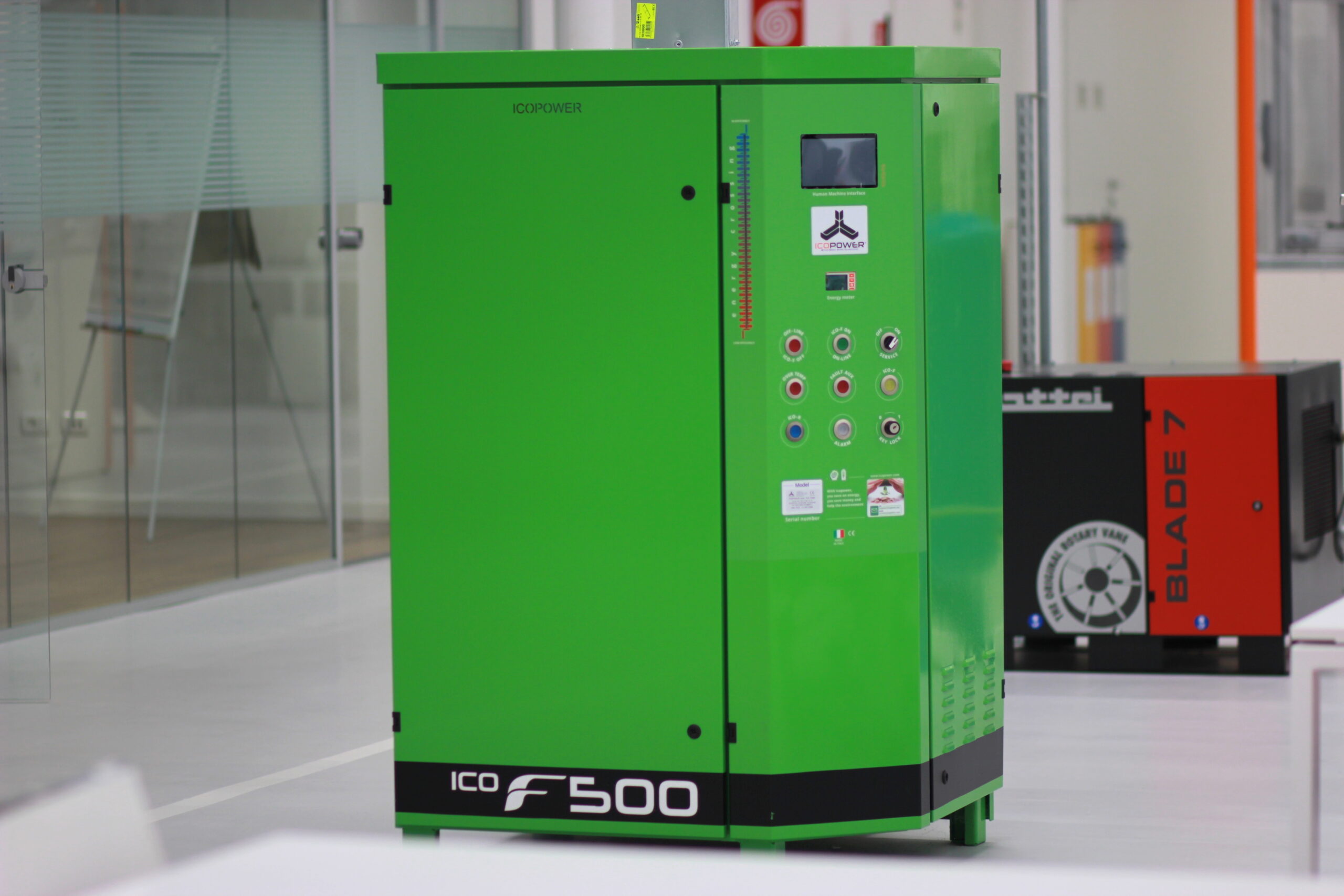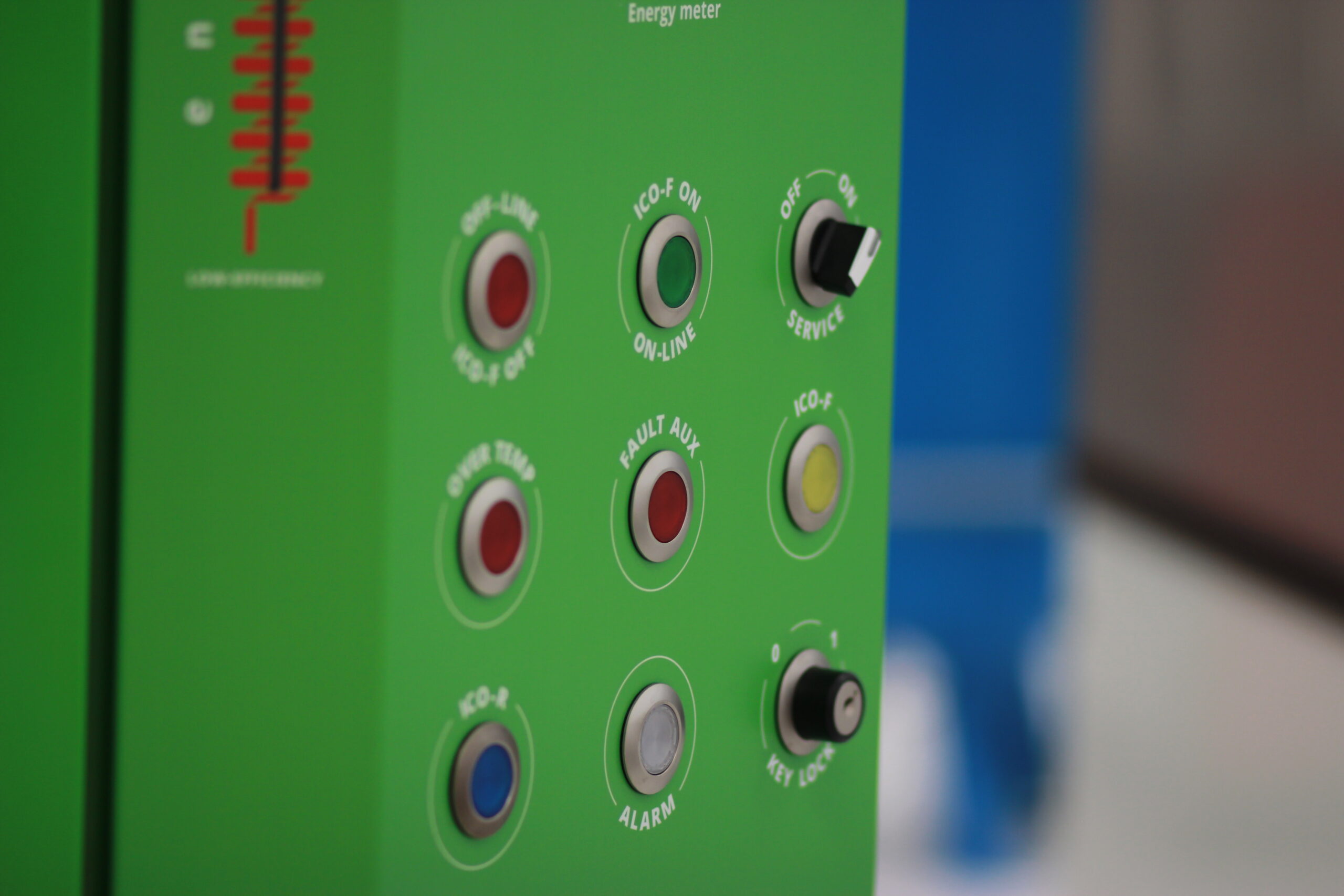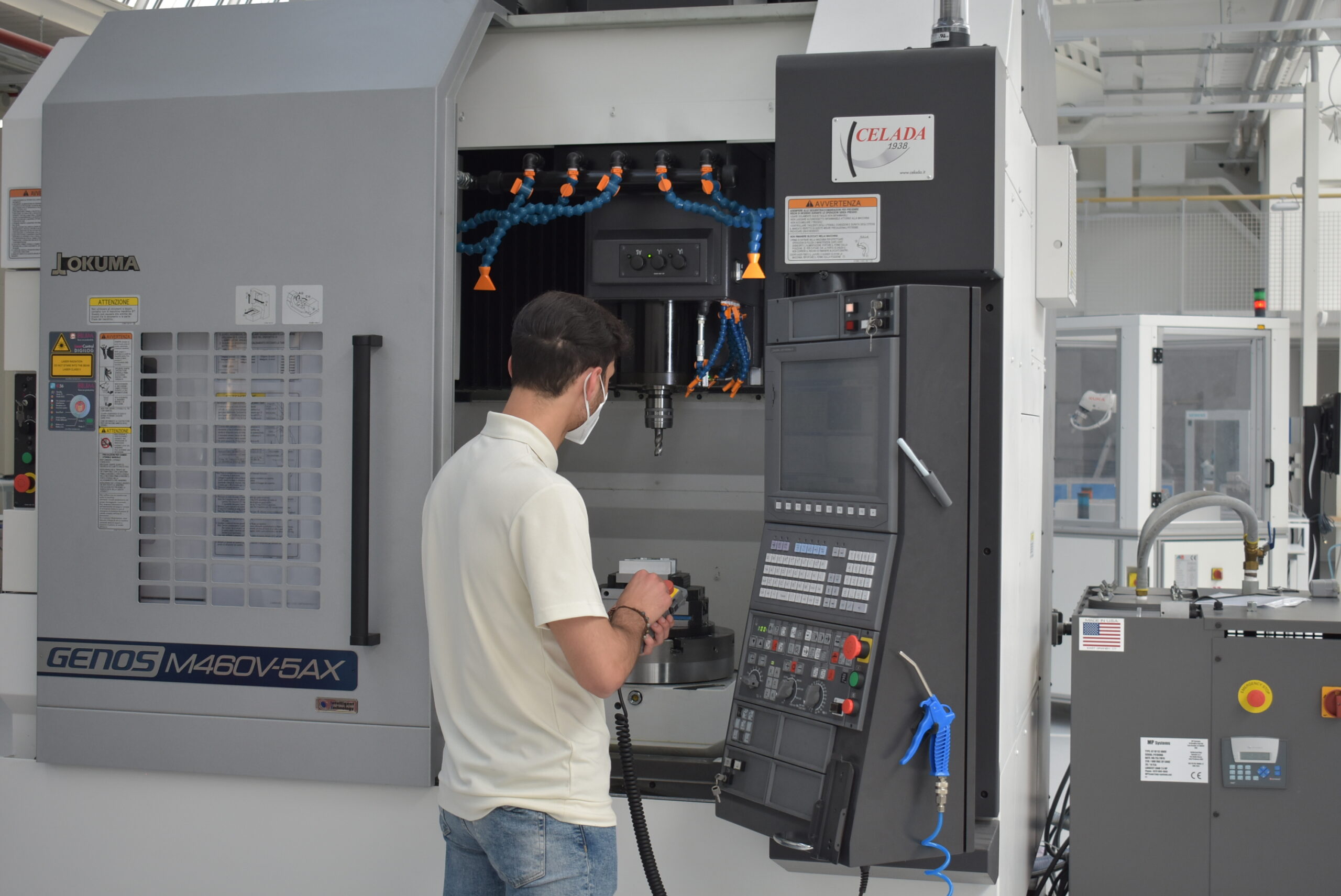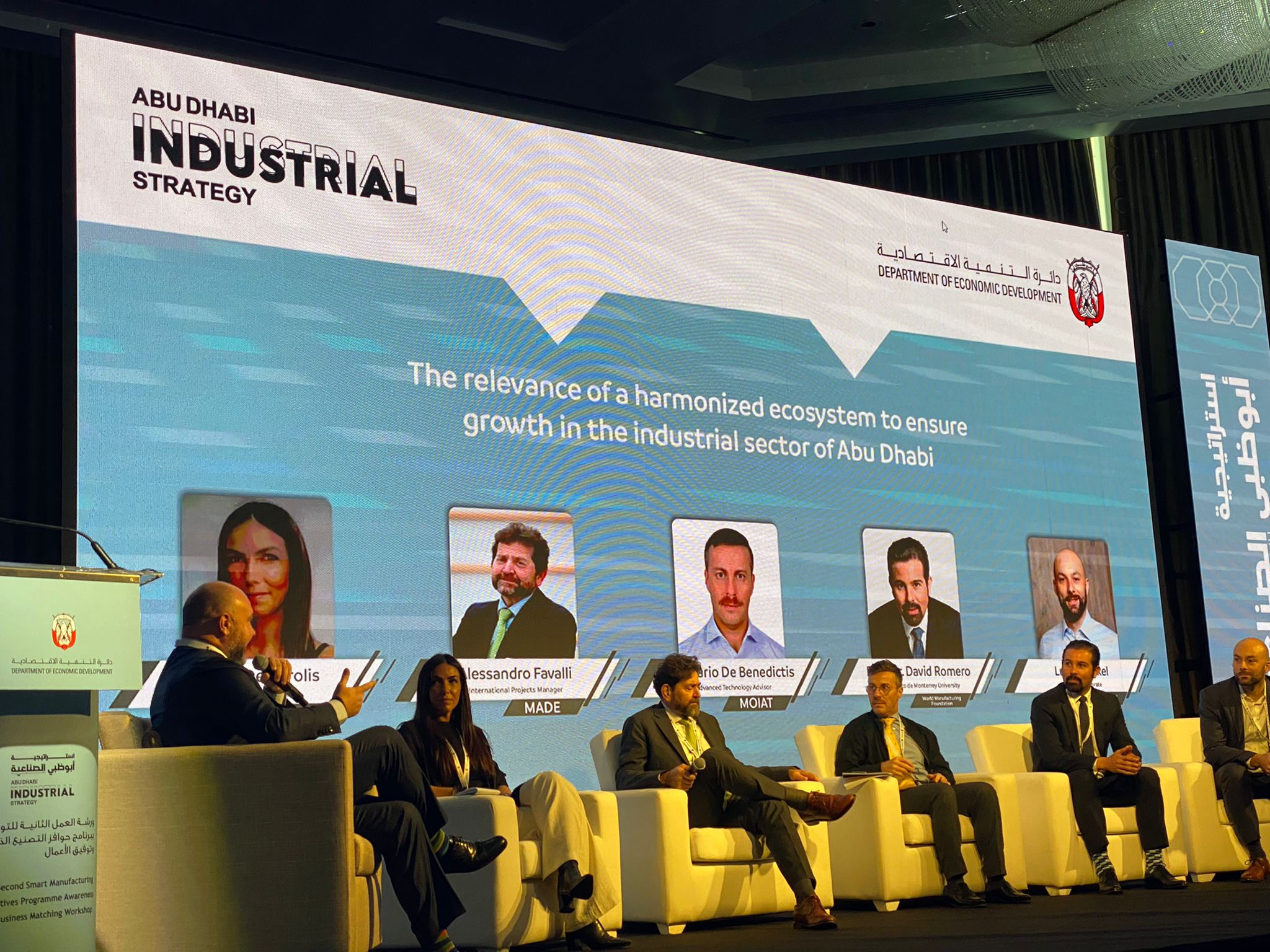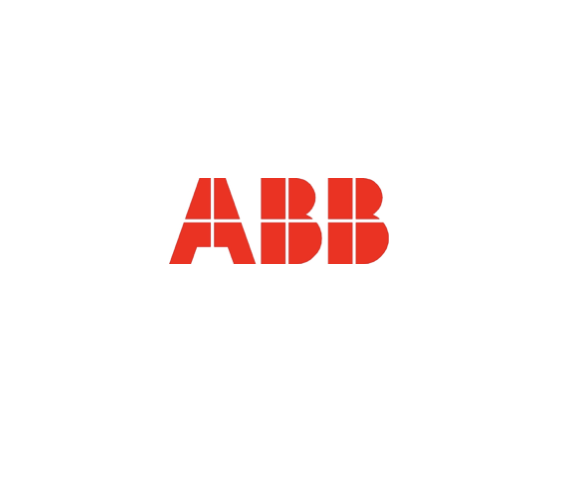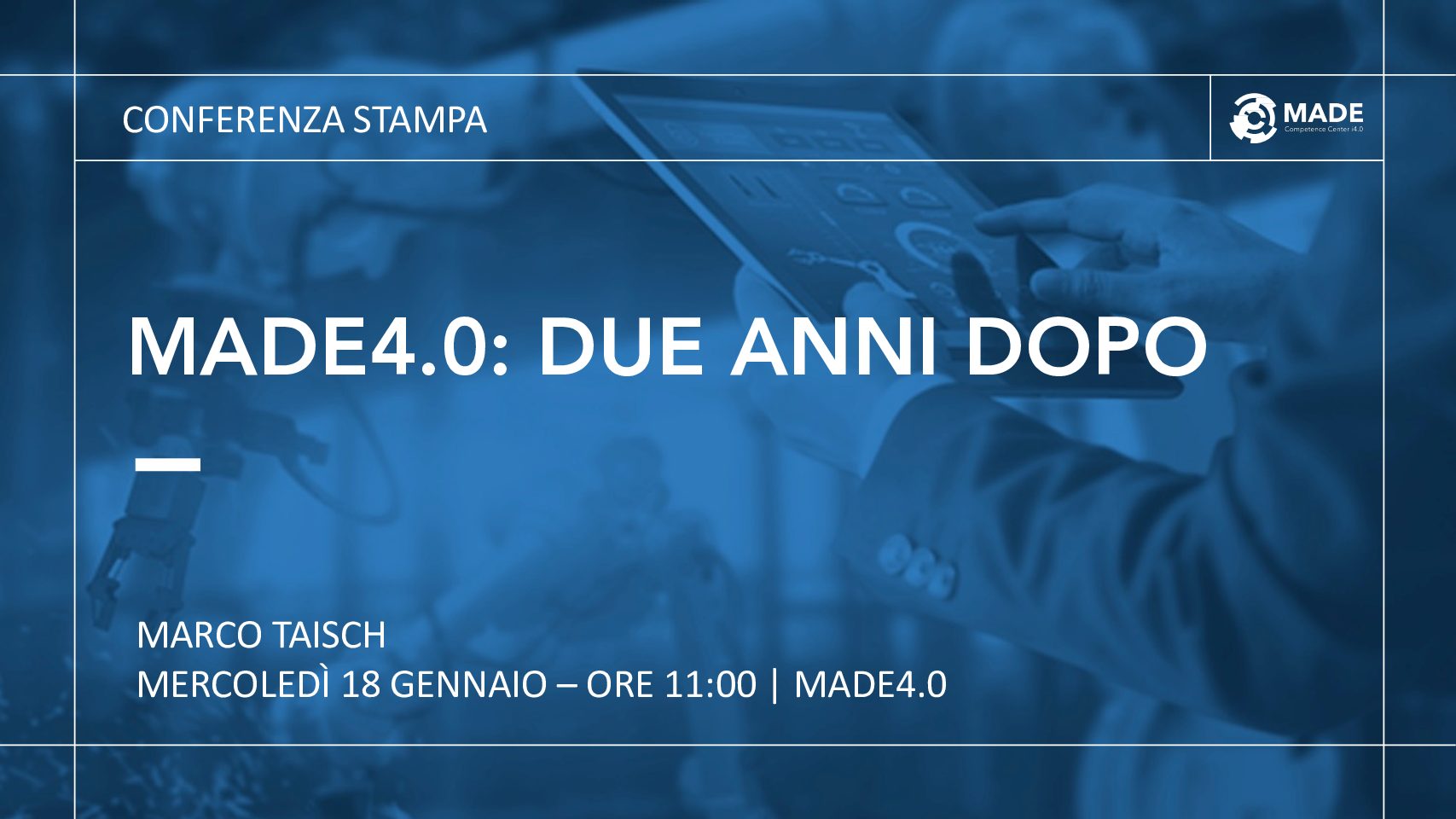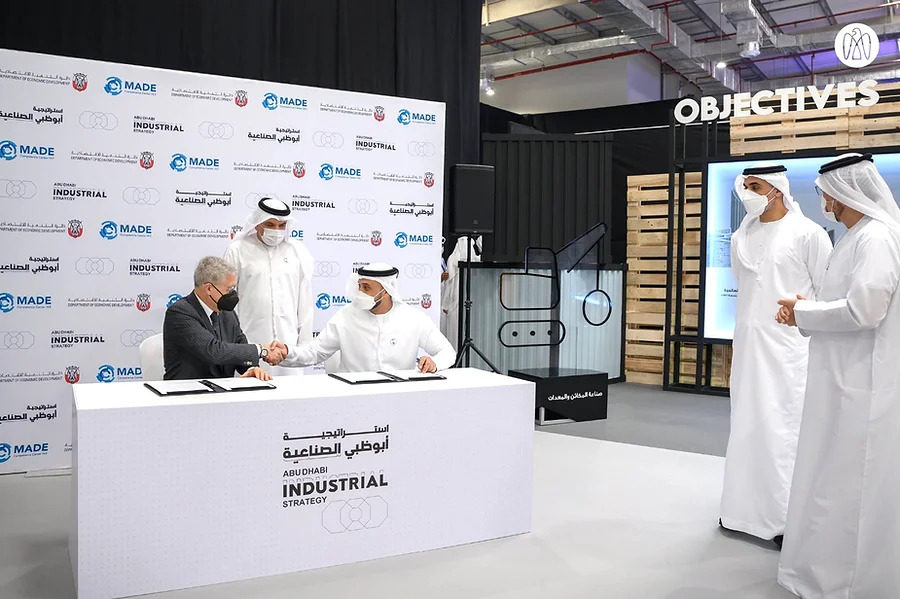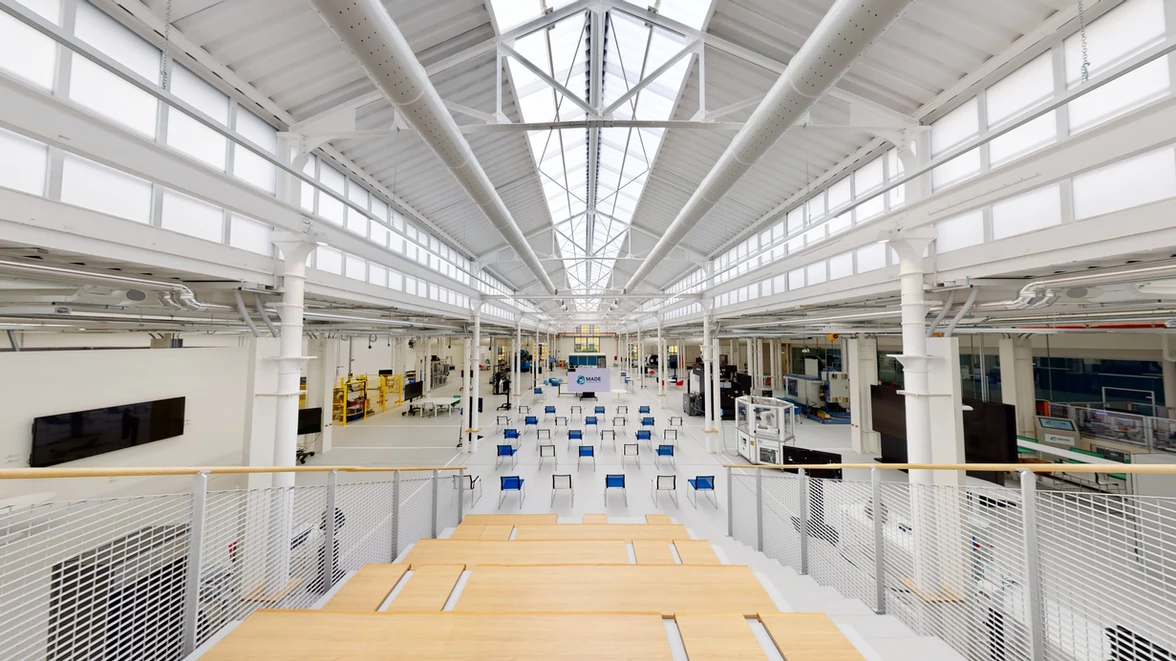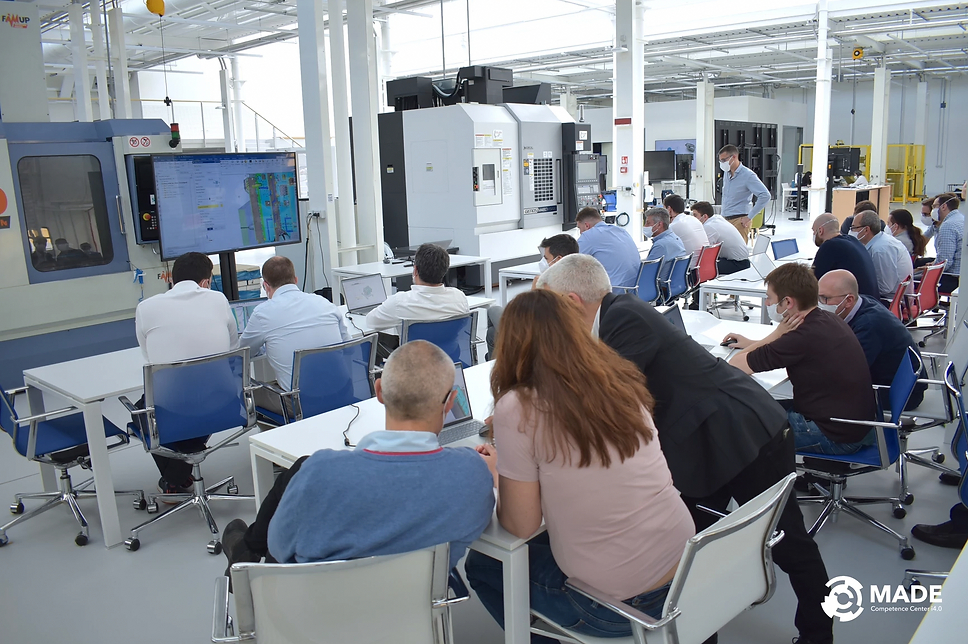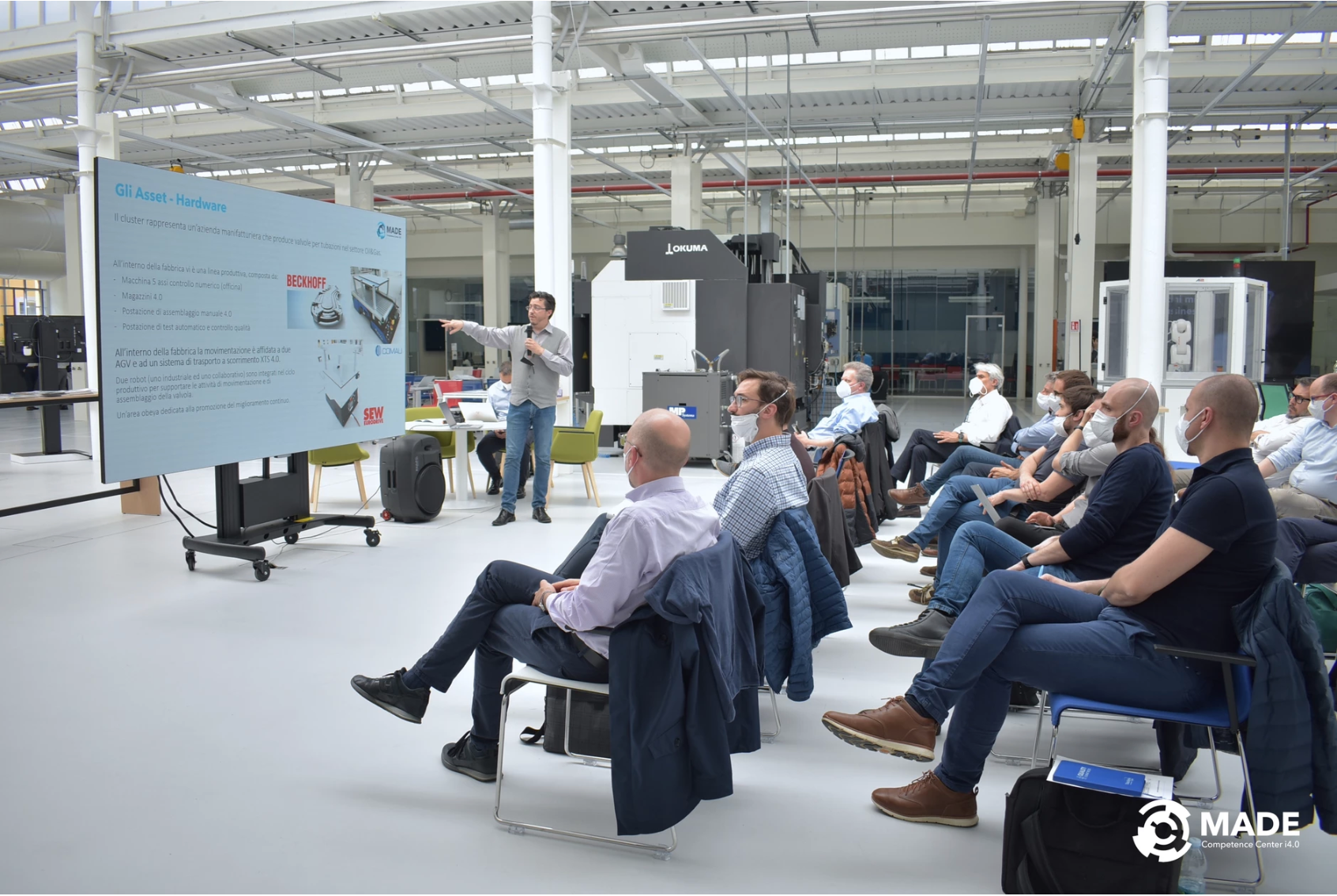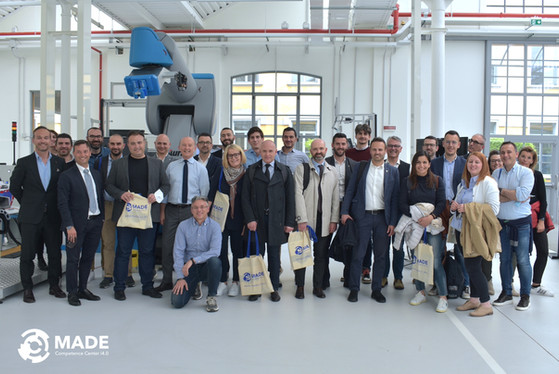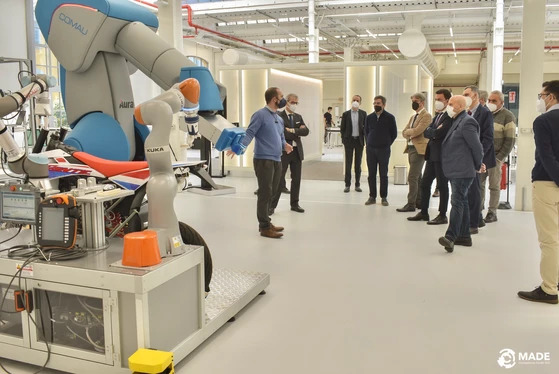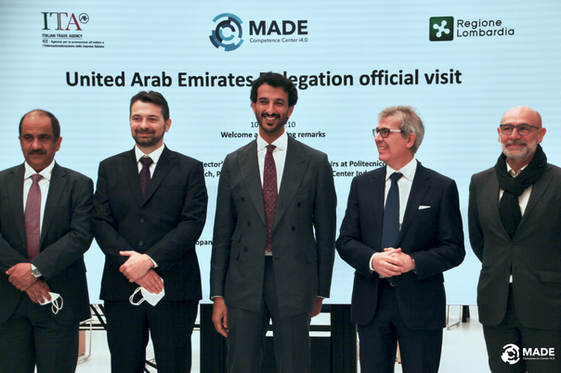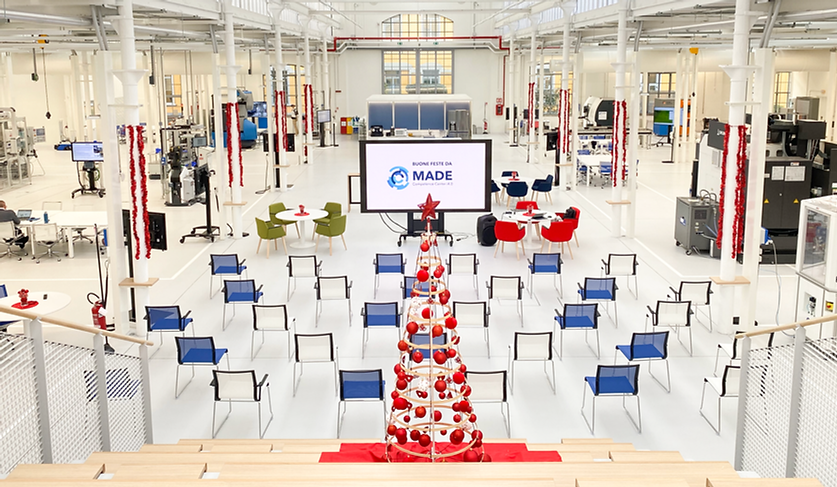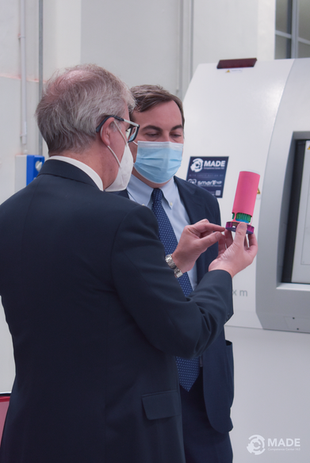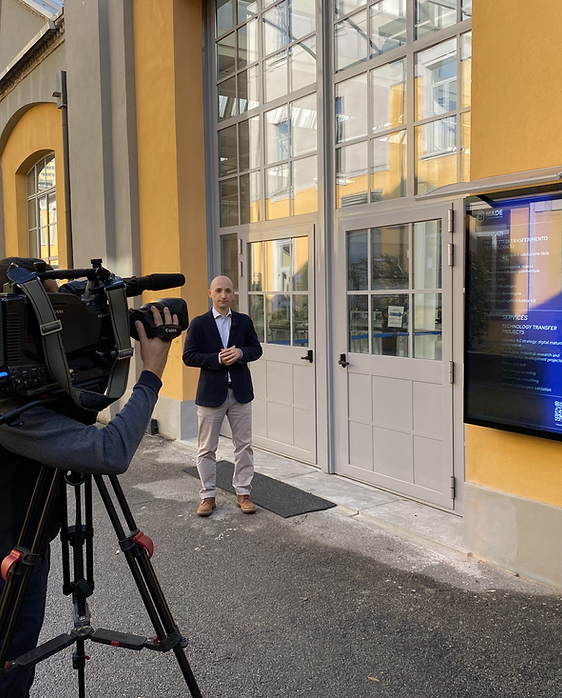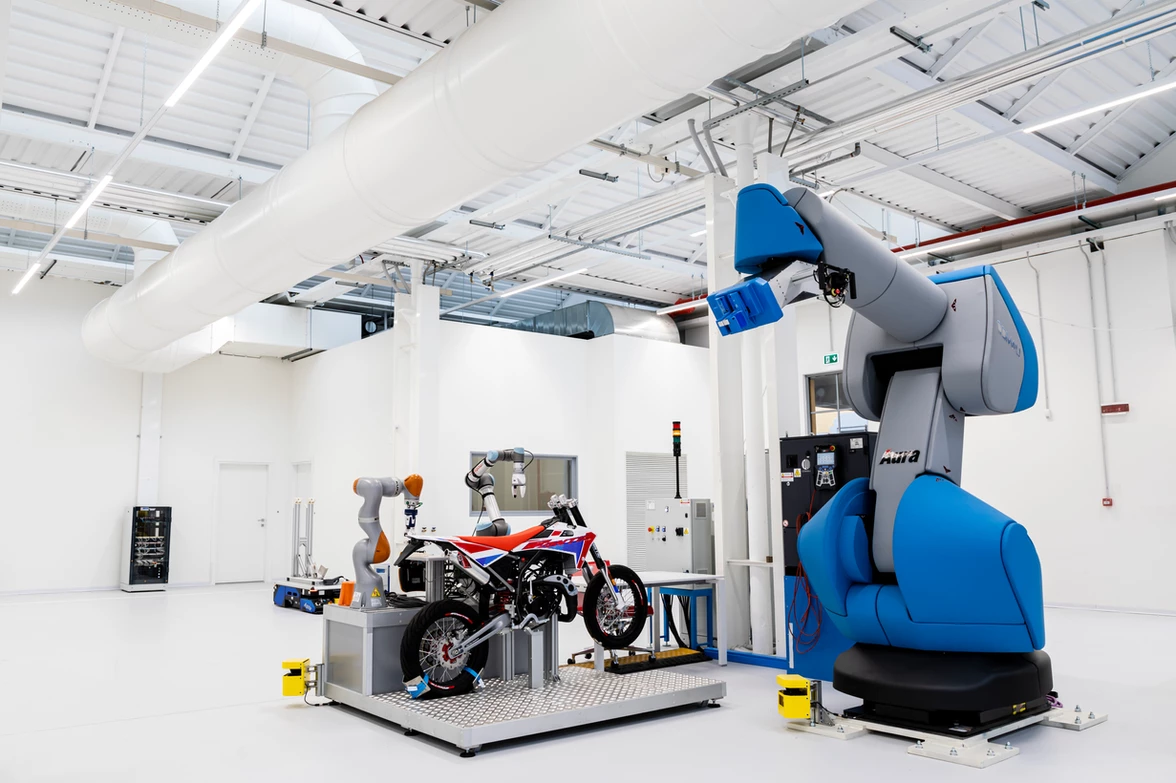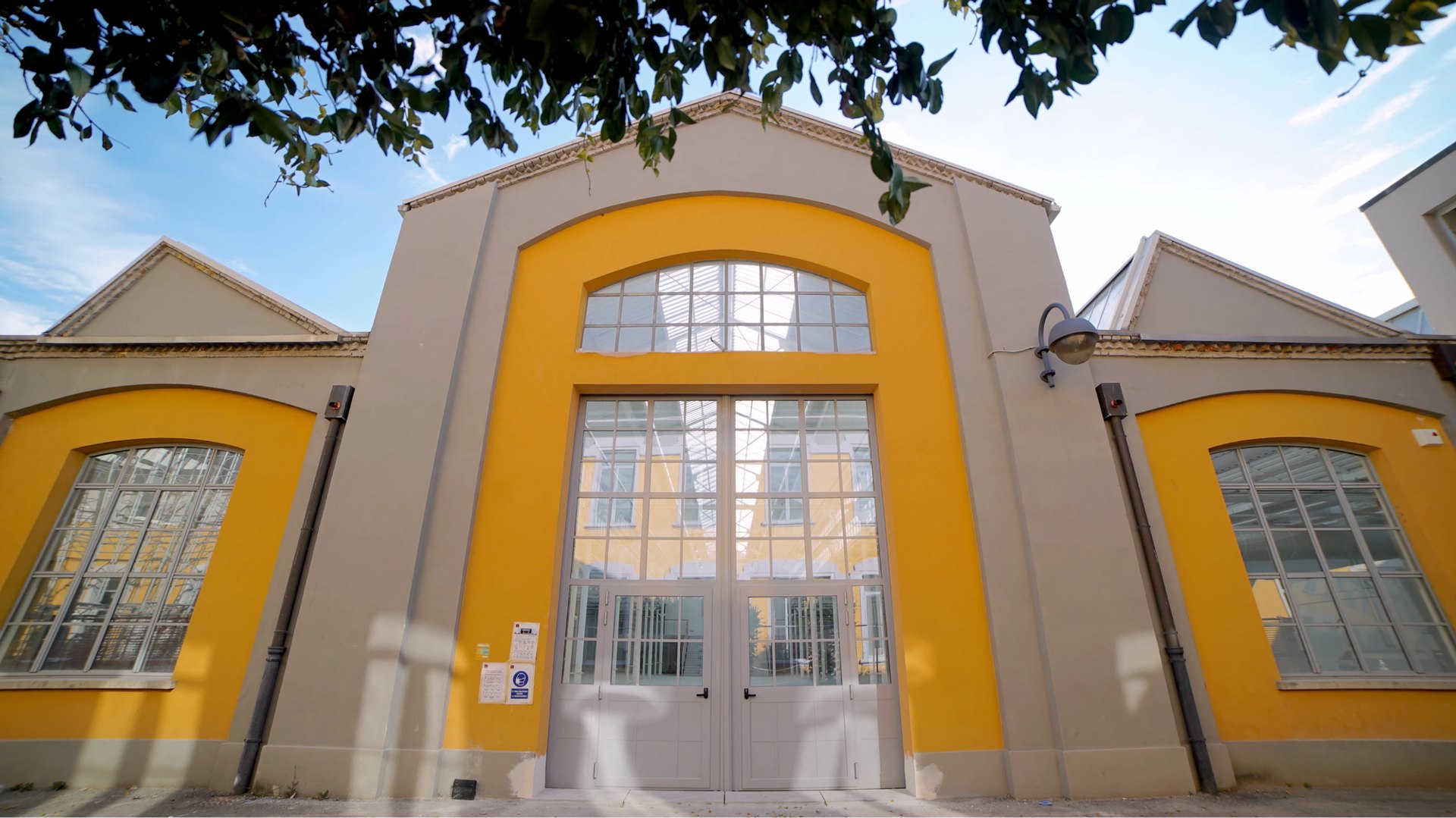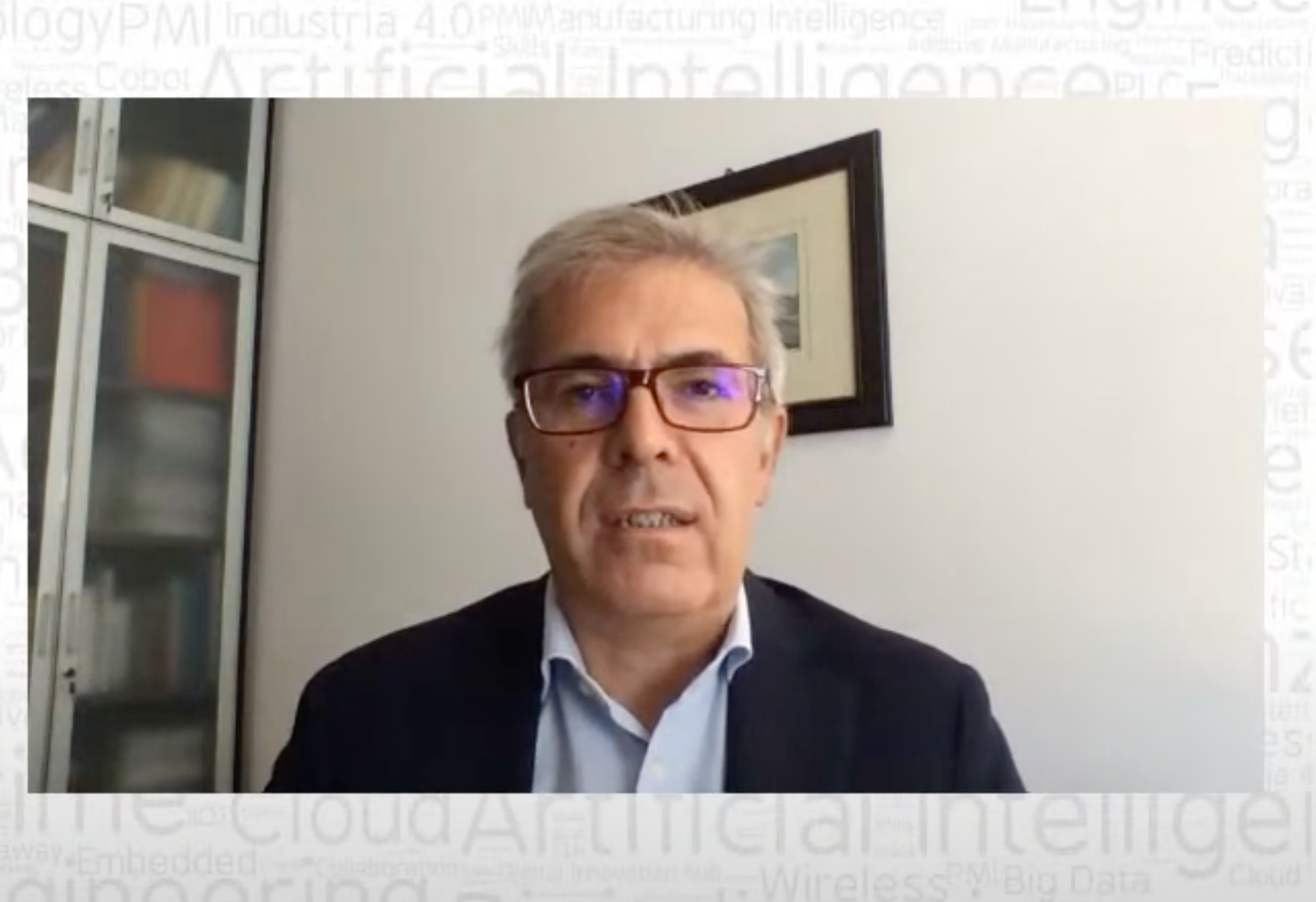Company name
Endurance SPA
project title
Digital Thread: PLM System Implementation
dimension and location
Large enterprise - Chivasso (TO)
technologies
Endurance SPA is a leading automotive company specializing in high-performance components. Innovation and quality drive its processes, with advanced digital solutions to optimize productivity and sustainability.
The problem
The processes of budgeting, feasibility analysis, product development, and related lessons learned relied on the know-how and practical experiences of individuals, mostly stored on personal computers and organized in product development folders, only partially linked in logical sequences (standalone Excel/PPT files). These documents were accessible to the cross-functional team (foundry, mechanical processing, quality) assigned to the new product, but with a high risk of dependency on individuals and poor reliability (both in terms of timing and content) of the information available to the team, which operated in four distinct and distant locations.
The solution
An “enterprise-level” IT system was implemented for the continuous and integrated digital management of the Endurance project. This system ensured timely, correct, and consistent product information availability to all stakeholders of the “extended” company (customers, internal roles, suppliers), interfaced with product and process quality data to identify risks in advance, benefiting from lessons learned from previous projects.
Technologies
- PLM (PTC Windchill)
Desired Impacts
The PLM allowed Endurance to adopt a methodological tool in line with the latest automotive standards (VDA AIAG), facilitating clear communication exchange with customers and providing opportunities to quote for new projects, both for current and new customers. In fact, buyers’ checklists required the adoption of similar tools as a differentiating factor for contract awarding.
The company was able to reduce budgeting times and the risk of being off-target for the customer, avoiding excessive caution or underestimation due to lack of information.
Additionally, production startup costs and times were more controlled and reliable, becoming company capital accessible over time and independent of dedicated human resources.
Further impacts were observed in sustainability, thanks to the optimization of the product life cycle, with potential reductions in materials and waste, and the monitoring of resources used throughout the product life cycle.
Benefits for the company
- Redundancies in information and verbal or email communications between team members were streamlined;
- Risks of decisions based on incorrect or outdated information were reduced, if not eliminated;
- Greater timeliness, quality, and reliability were ensured in customer responses regarding progress status;
- Lessons learned were capitalized, overcoming the limitations of risk assessment activities that were previously performed using simple standalone Excel tools, which were not capable of interacting with the rest of the company. Results had to be cloned to be transformed into other practical documentation (e.g., control plans);
- Product/process FMEA was integrated into a single solution capable of making the operational documentation of process and product controls interactive;
- Standardization of all control methods was ensured, which can be cloned from project to project, where applicable.
The contributions of the above ensured time savings, greater communication effectiveness, and more precise results, making the product database/archives a company asset, independent of individuals.
Contenuti Correlati
-

Virtual Assistant for Document Management
-

Digital Thread for Medical Devices (DTMD)
-

Definition of Field and Measurement Tools
-

Smart Cooler
-

Evolution of “Business & Digital Transformation” systems – Digital NDT
-

Development of New HMI for Soap Machines
-

Digital Twin Implementation in the Logistics and Production Domain at the SOCOMEC Facility in Isola Vicentina
-

Enabling eXtensive Platforms by LTM data and AI Navigation
-

Bianchi APS
-

Digital Thread: PLM System Implementation
-

Strategy i4.0
-

Knowledge Management for primary packaging
-

AI MAnufacturing Testing and ExperimenTation network For EuRopean industrieS – AI MATTERS
-

EDGILE Project
-

GROOVE
-

TECDIG360
-

Digital Archive for Technical Engineering
-

Enterprise MOM implementation for digitalization of factory processes from a4.0 perspective – MOM
-

Coffee grinding technologies
-

Organizational Redefinition of the Production Process in the current plant AND definition of production activities for the New Plant
-

Circular Integration of independent Reverse supply Chains for the smart reUse of IndusTrially relevant Semiconductors – CIRC-UITS
-

Blockchain technologies to enable circular and recycling business model for manufacturing industry – RECIRCLEMAN
-

Learning about AI and digitalization for a more efficient computer-aided process planning in Machining 4.0 -CAPP_AI4.0
-

FLASH COMP
-

WOW
-
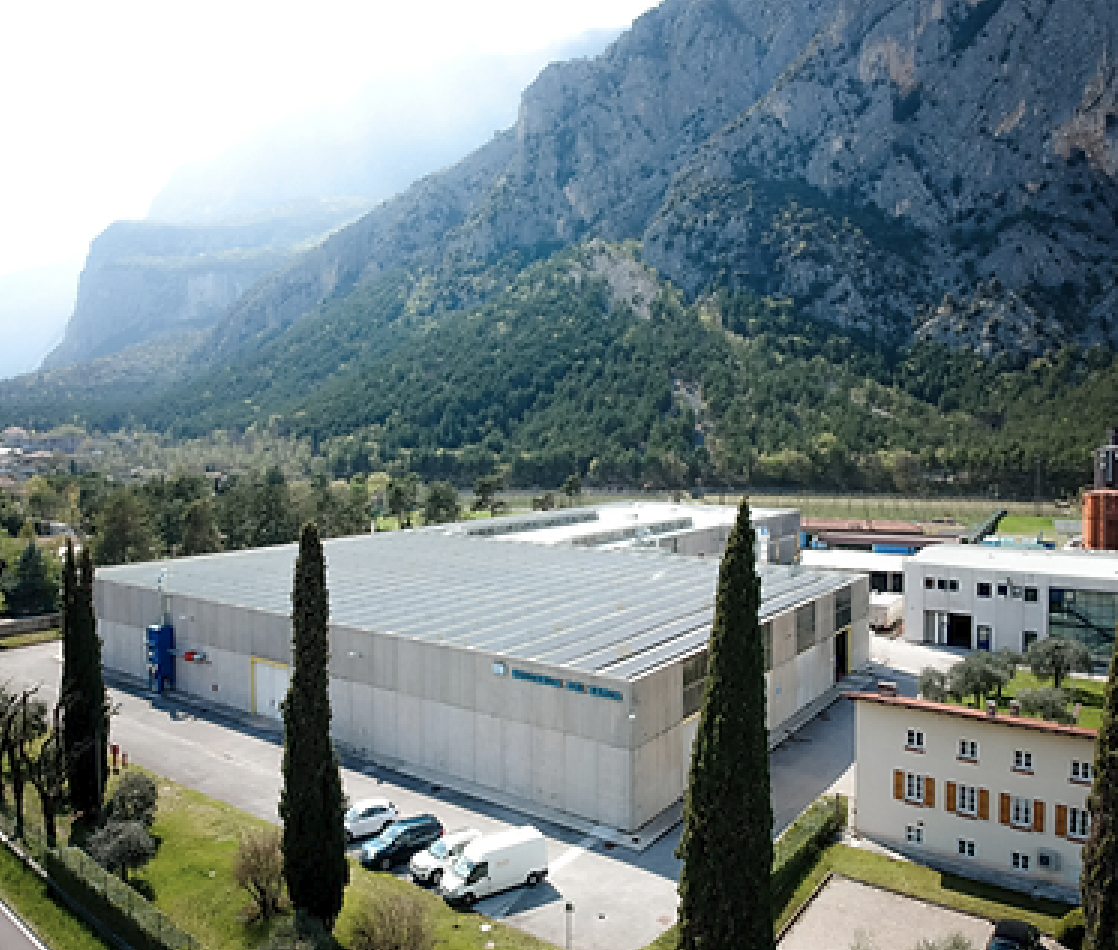
ACTOR- ACTIVE MONITORING
-

CONTROLLO PROD.-MAN.-GEST.
-
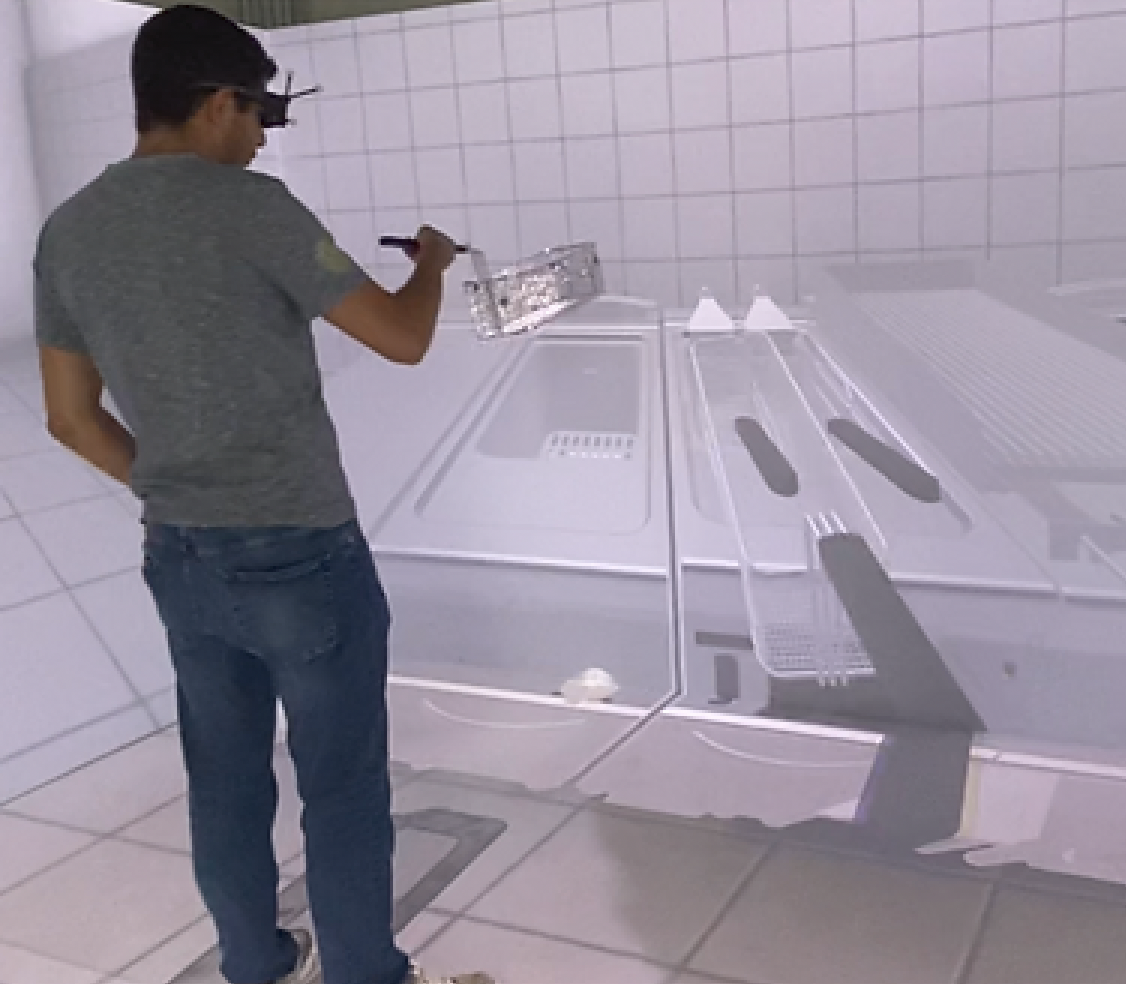
VIR-PRO-DE
-
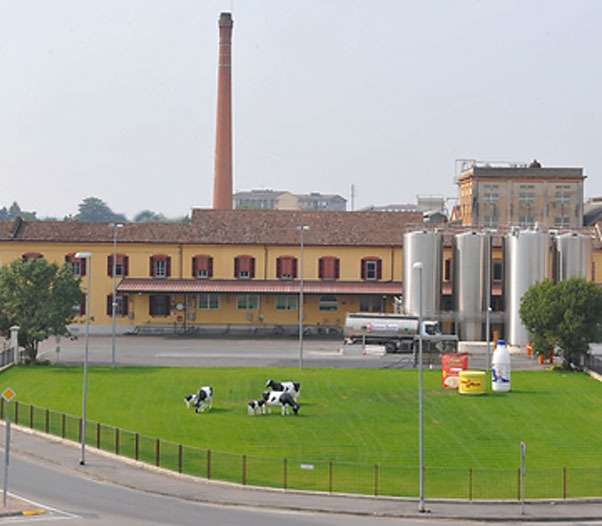
D.P.A.I
-

MARVIN
-
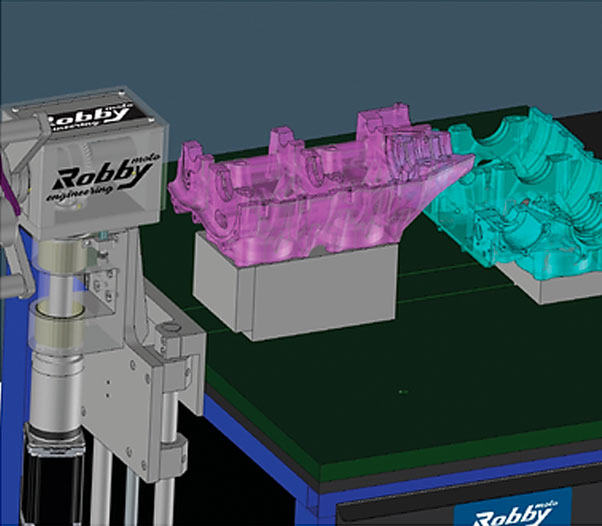
EDAP
